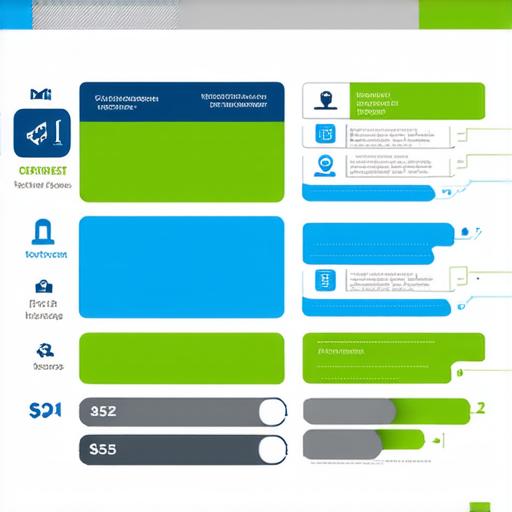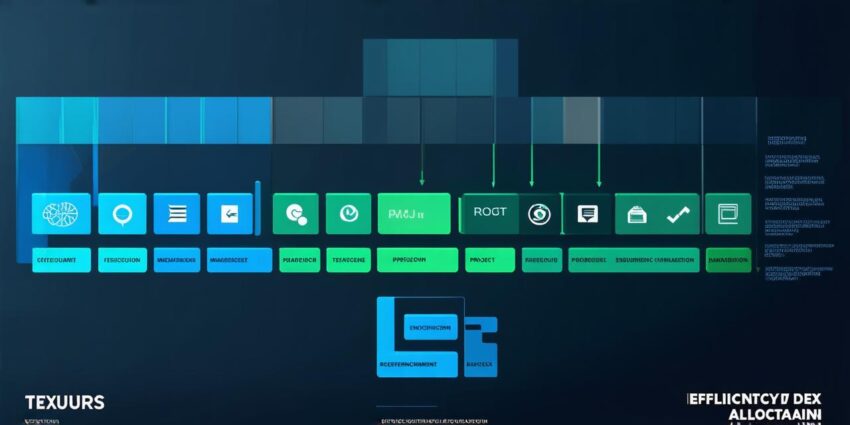Project management is a crucial aspect of any organization, and there are various approaches that project managers can take when managing their projects. In this article, we will compare these two approaches and discuss which one is best suited for different types of projects.
Functional Matrix Approach:
The functional matrix approach is a project management methodology that involves assigning team members to work on projects based on their functional areas of expertise. This means that team members are assigned to work on projects based on their skills and experience rather than their specific job function. The main advantage of this approach is that it allows for the efficient use of resources, as team members with the necessary skills can be quickly deployed to work on projects.
The functional matrix approach also provides a clear chain of command, as each team member has a specific role and responsibility within the project. This ensures that everyone knows who they report to and what their responsibilities are. However, this approach can be challenging to manage when there are conflicts between functional areas or when team members have different priorities.
Case Study:
Let’s consider an example of a software development project. In this project, the functional matrix approach would involve assigning team members with specific skills in programming, testing, and design to work on the project. This ensures that the project is completed efficiently and effectively, as each team member has the necessary skills to contribute to the project’s success.
Dedicated Team Approach:
The dedicated team approach involves creating a cross-functional team of individuals who are assigned specifically to work on a particular project. These team members work together throughout the project lifecycle, with clear lines of communication and a shared goal. The main advantage of this approach is that it encourages collaboration and fosters a sense of ownership among team members, as they are all working towards the same objective.
The dedicated team approach can also be more flexible than the functional matrix approach, as team members can be re-assigned within the team if necessary. This allows for quick adjustments to be made when needed, which can be particularly useful in fast-paced projects. However, this approach can also be challenging to manage when there are conflicts within the team or when team members have different priorities.

Case Study:
Let’s consider an example of a marketing campaign project. In this project, a dedicated team of individuals with expertise in marketing, design, and analytics would work together to develop and execute the campaign. This ensures that the project is completed efficiently and effectively, as each team member has the necessary skills to contribute to the project’s success.
Which Approach is Right for You?
Both the functional matrix approach and the dedicated team approach have their advantages and disadvantages, and the choice of which one to use depends on several factors, including the nature of the project, the size of the team, and the availability of resources.
If the project requires specific skills or expertise that are not readily available within the organization, then the functional matrix approach may be the best option. This approach allows for the efficient use of resources and ensures that each team member has the necessary skills to contribute to the project’s success. For example, if a software development project requires expertise in Java programming, then the functional matrix approach would involve assigning a team member with experience in Java programming to work on the project.
On the other hand, if the project is complex and requires a high degree of collaboration and communication among team members, then the dedicated team approach may be the better option. This approach encourages collaboration and fosters a sense of ownership among team members, which can lead to increased productivity and a more successful outcome for the project. For example, if a marketing campaign project requires expertise in social media marketing, then the dedicated team approach would involve assigning a team member with experience in social media marketing to work on the project.
Conclusion:
In conclusion, both the functional matrix approach and the dedicated team approach have their advantages and disadvantages, and the choice of which one to use depends on several factors. It is important for project managers to carefully consider these factors when choosing an approach to ensure that the project is completed efficiently and effectively. By understanding the strengths and weaknesses of each approach, project managers can make informed decisions and choose the best option for their specific needs.
